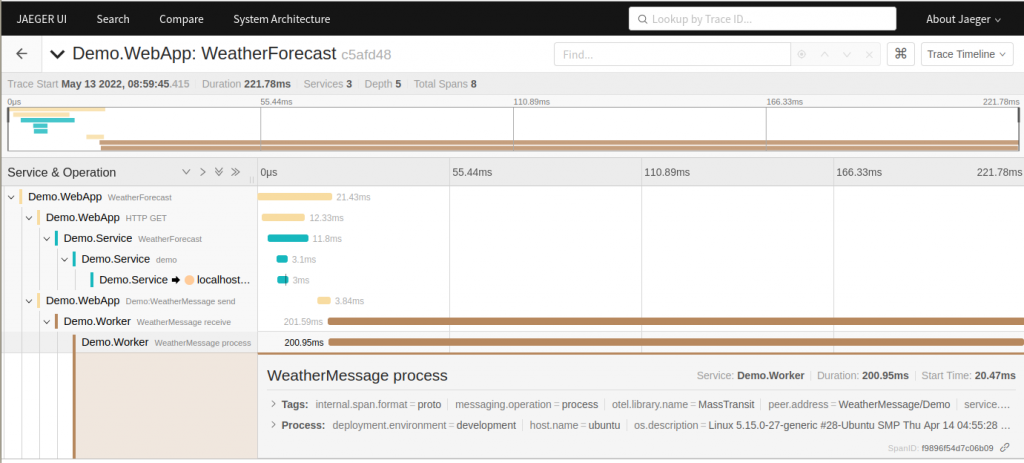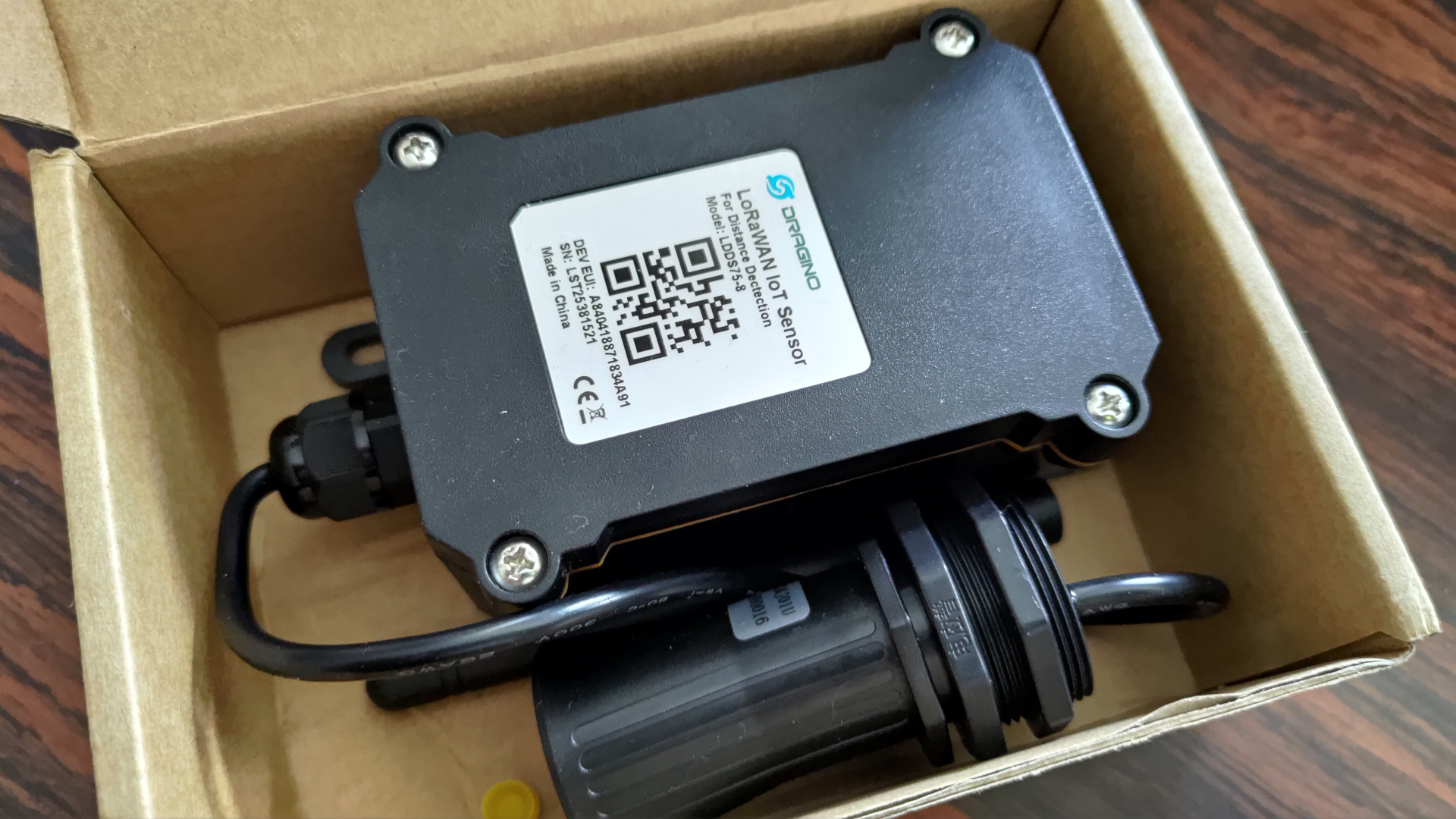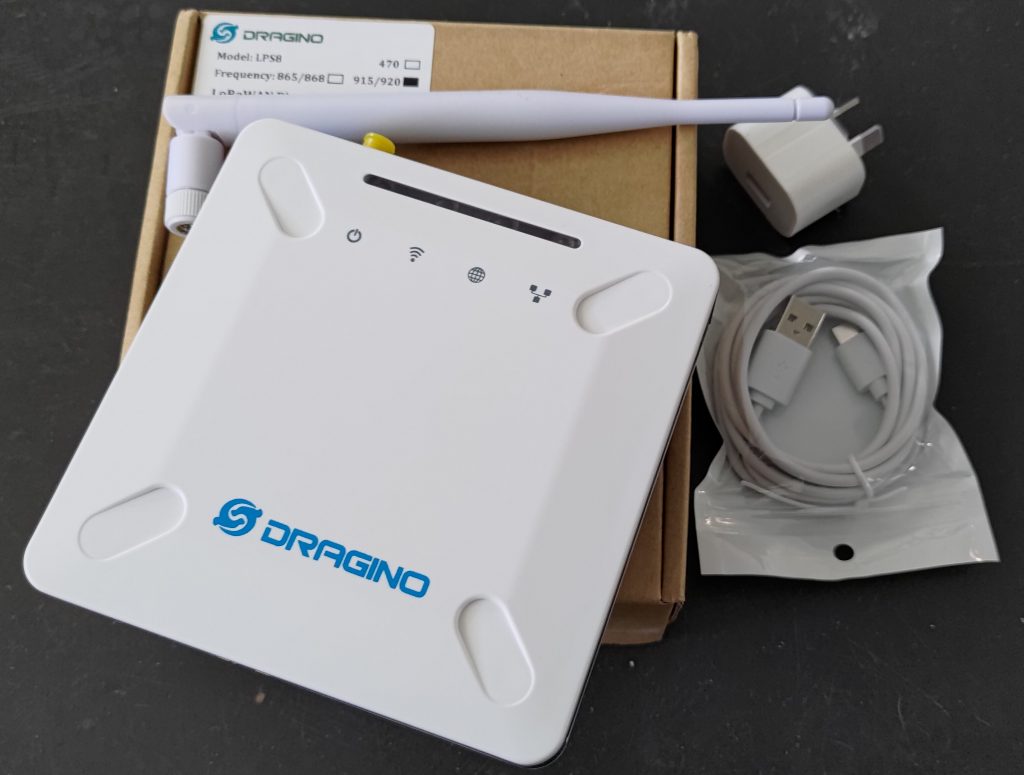MQTT (originally Message Queuing Telemetry Transport) is an important protocol for IoT that has been widely adopted. Devices deployed to the field may be connecting to existing MQTT endpoints, however you may also want to deploy your own MQTT server for testing purposes.
This article shows you how to deploy an Eclipse Mosquitto MQTT server onto Azure, configured for secure connections (MQTTS, which is MQTT over TLS), accessible over the internet, and including support for both IPv6 and legacy IPv4.
First we will configure a network in Azure, then deploy the server, and then test the deployment.
The instructions below show the individual commands, but if you want a quick start then full scripts, with automatic parameters, are available on Github https://github.com/sgryphon/iot-demo-build/blob/main/azure-mosquitto/README-mosquitto.md
To deploy the network and then server components via the scripts:
az login
az account set --subscription <subscription id>
$VerbosePreference = 'Continue'
./azure-landing/infrastructure/deploy-network.ps1
./azure-mosquitto/infrastructure/deploy-mosquitto.ps1 YourSecretPasswordRead on for the full details.
Continue reading Deploying a secure MQTT test server on Azure with IPv6(15 min read)




